According to Forbes, Colombia is among the three most beautiful countries in the world due to its extensive coastline and diverse landscapes, from the Amazon to the Andes. The Colombian currency, the Colombian peso, is devalued, which gives foreigners greater purchasing power due to low prices. Many people associate Colombia with Pablo Escobar and cocaine due to significant events in the history of my country. However, over the years, we have worked to change the world’s perception of us and encourage foreigners to visit. I must note that, as in any developing country, it is important to exercise caution when out on the streets late at night, especially if you are not in a tourist area.
Today, I will talk about what to do in the Eastern Plains, a region where I grew up and which has become one of the most popular tourist destinations over the years.
1.Rio Guejar: Known as the “Thailand of Colombia” due to its rock formations, vegetation, and water color. The tour begins in the city of Granada, Meta, where you will be picked up by a bus that will take you to the Quejar River, a journey that takes between 30 and 40 minutes. Once there, the guide provides safety instructions and information about the trip. What’s great about our tour is that there isn’t just one person in each boat, but there are also individuals in single-person kayaks who serve as assistance in case a boat gets stuck or capsizes. Safety is always their top priority. The tour includes transportation, meals, breakfast, and lunch, and what you will see includes the following:
- Visit to the “El Titanic” rock formation, the largest rock formation on the tour.
- Visit to the “La Escondida” waterfall, a natural waterfall located about a 4-minute walk from one of the tour stops, with truly spectacular water.
- Visit to the “Valle de las Hadas,” which was one of my highlights. Here, you can see drops of water falling from plants above, and the contrast of the light makes the water look magical.
- Visit to the “El Ángel” waterfall.
- Canyon activities.
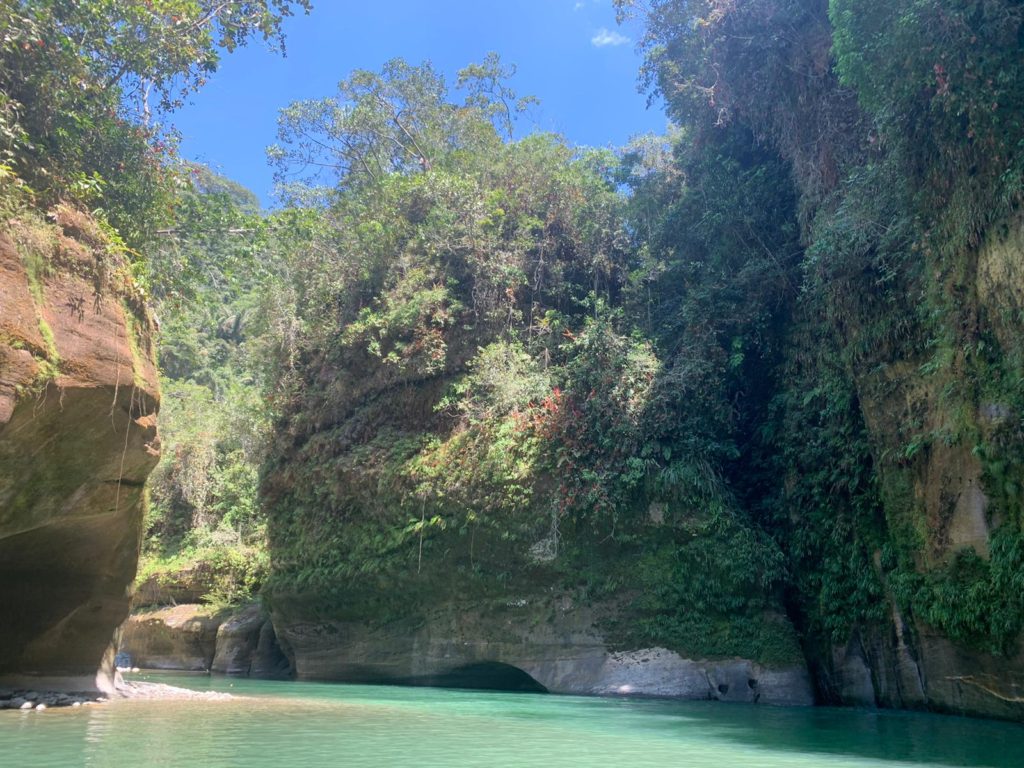
2.The Enchanted Waterfall in Mesetas is located 1 hour and 7 minutes from Granada and is situated on a private estate. To get there, at the end, you have to travel on an unpaved road, and after paying the entrance fee, you have to walk for about an hour. Along the way, you’ll see some cows, but it’s worth it to reach this spot. Wear comfortable sneakers for a pleasant hike.
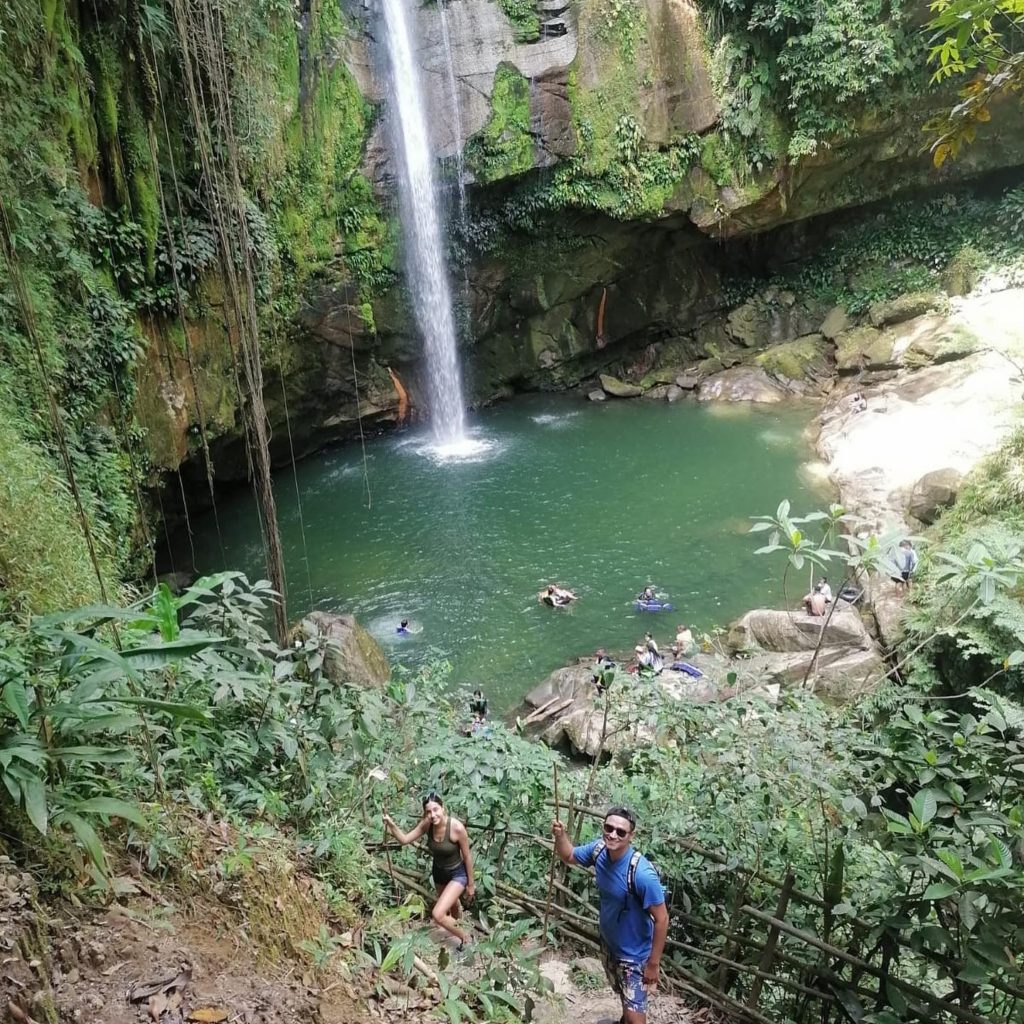
3.El Alto de la Bodega is located 25 minutes from Granada, Meta, and from there, you can see the valley and the reclining Indian. It’s also a great place to enjoy traditional regional food. A good platter includes blood sausage, chorizo, pork rinds, potatoes, arepas, and meat, accompanied by lemonade to cool off from the heat in this area.”
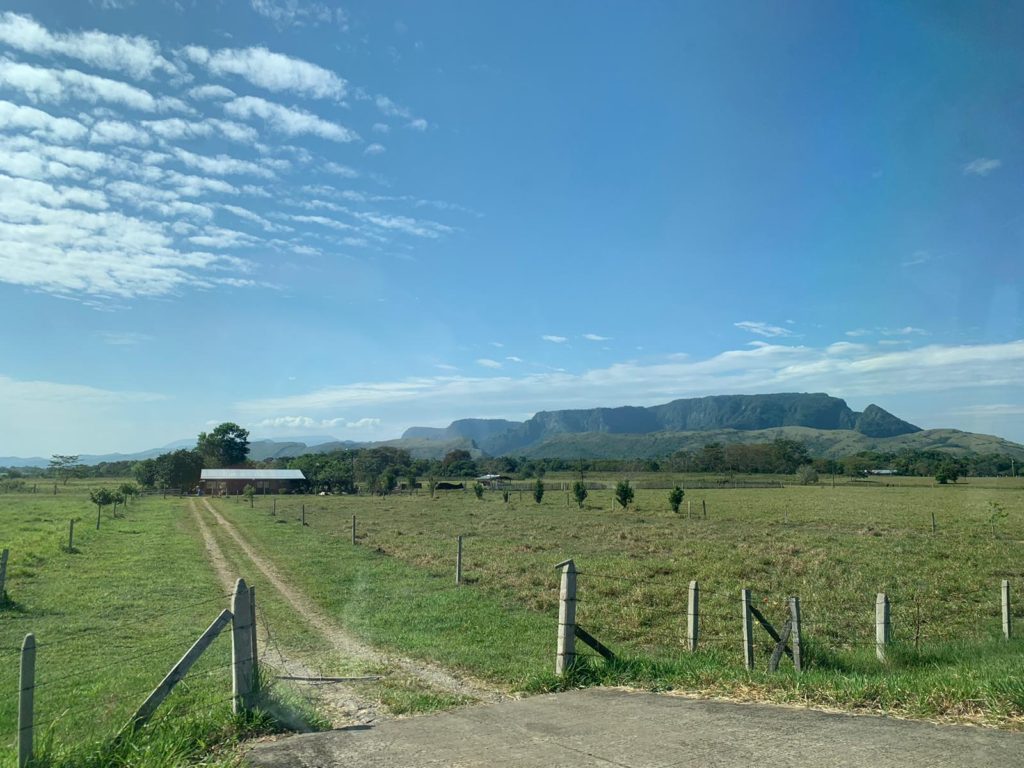
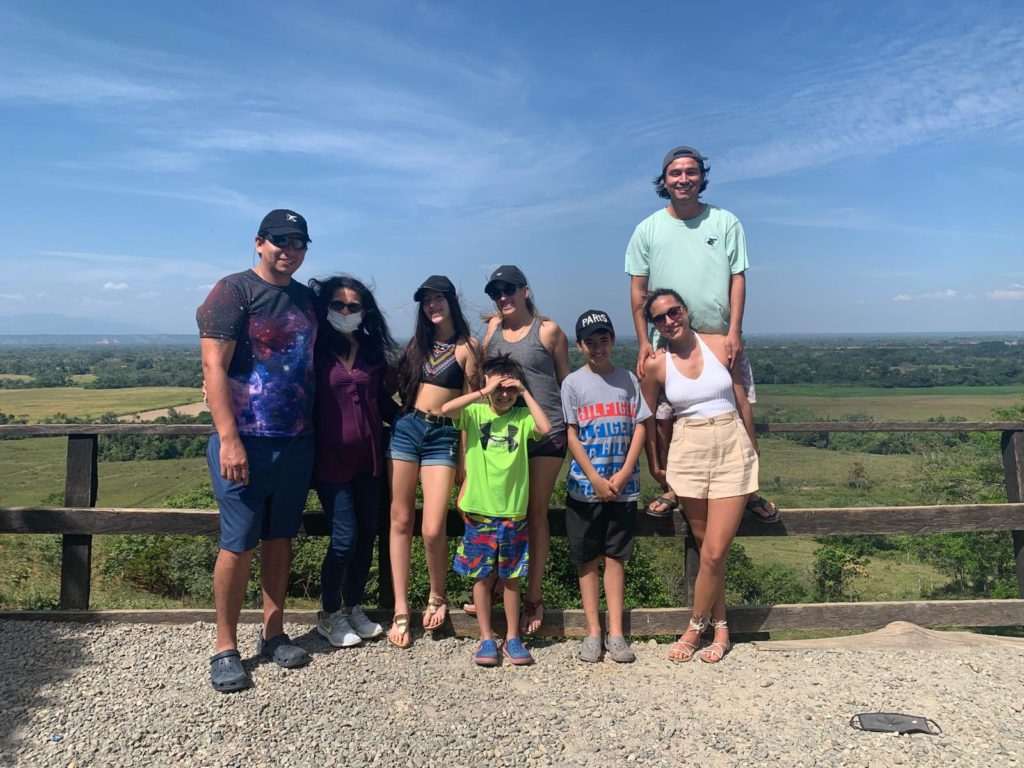
4.Another important activity in Granada, the capital of Ariari, is its famous Summer Festival, held in January, although the exact date is determined by the government. It is famous because hundreds of people embark on a journey on the Ariari River, floating on inner tubes and going with the flow until they reach the Alcaraván Bridge, the collapsed bridge, or Puerto Caldas, depending on their destination. Along the way, you swim and bring food to enjoy during the journey, which can last more than 4 hours. Just be careful not to overindulge in alcohol, as there have been cases of people drowning on the way due to a lack of swimming skills or knowing how to handle whirlpools sometimes found on the route.

5.Capachos is a popular nightlife spot in the capital of Meta, Villavicencio. It’s a great place to dance to Colombian music, and it also has a restaurant that serves food after a night of fun. I recommend visiting it if you want to have an unforgettable night in Colombia.

6.The Mirador del Indio Acostado in San Juan de Arama is located near a well-maintained road. The current cost is 10,000 pesos per person, 6,000 pesos per car, and 3,000 pesos per motorcycle. It’s worth it for the beautiful view of the mountains alongside the Quejar River. Additionally, they have a tour guide at the viewpoint who tells the mythical story of why the mountains are called “El Indio Acostado.”
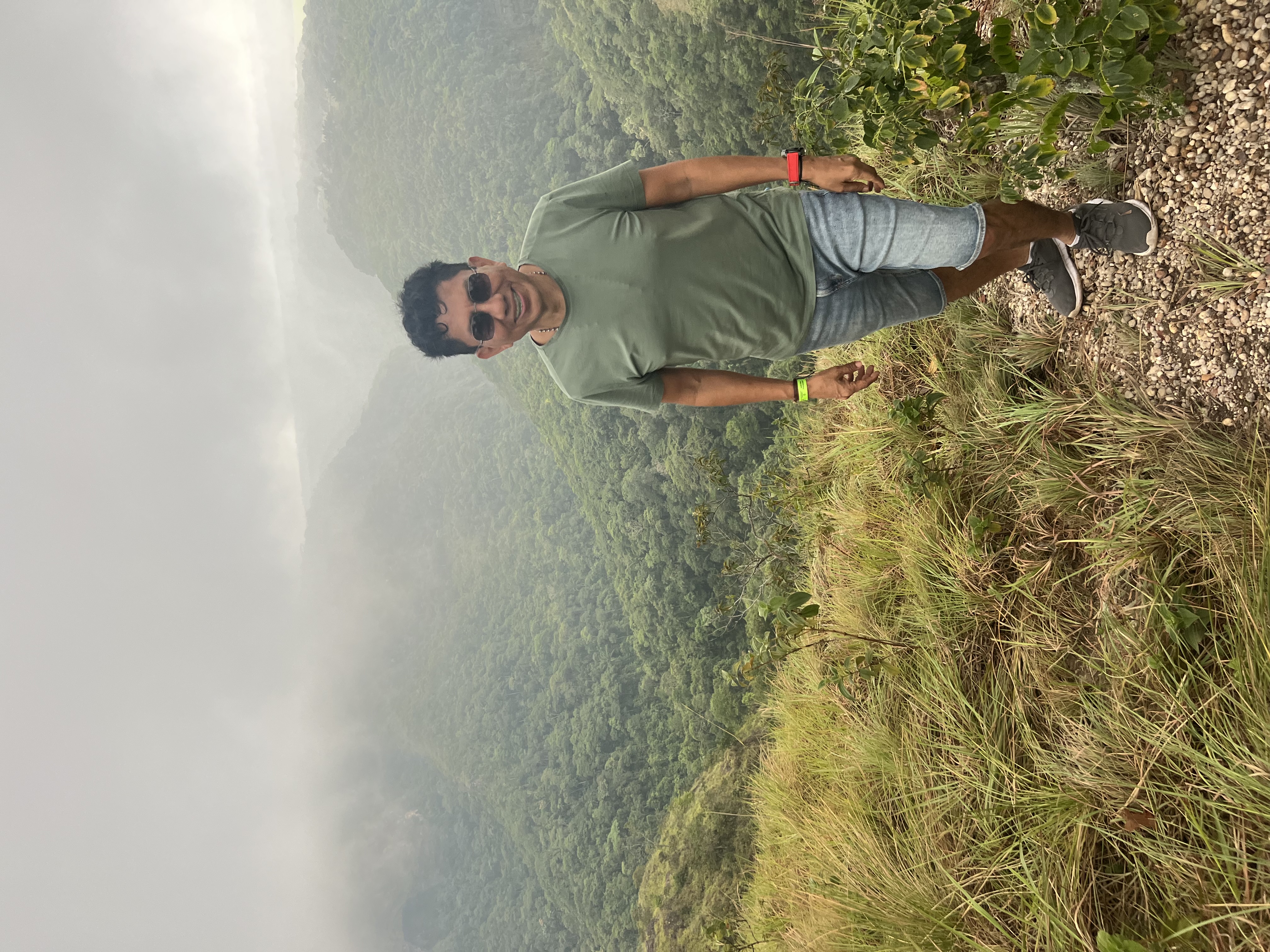
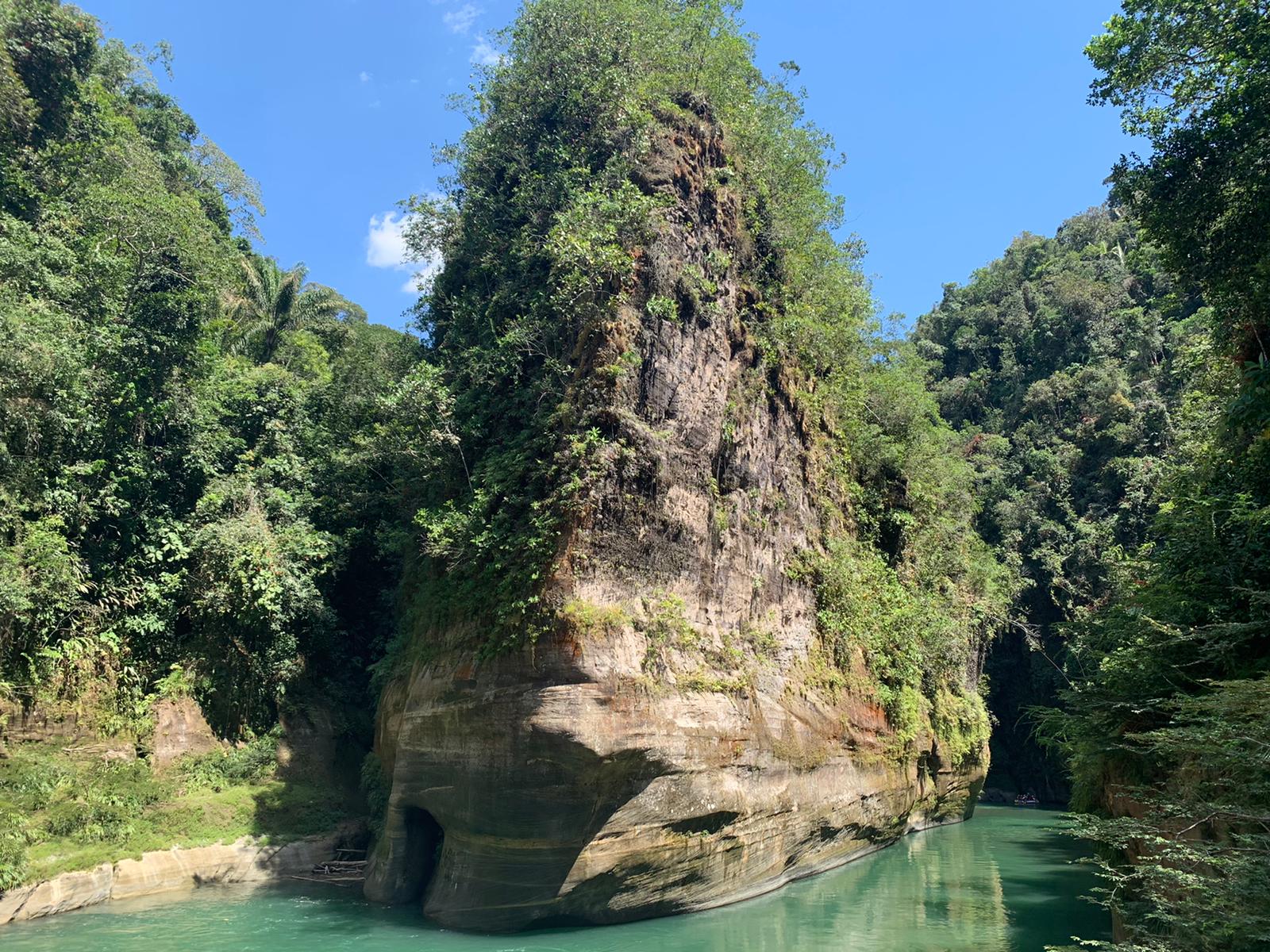
Awesome article! I want to plan a trip 🙂